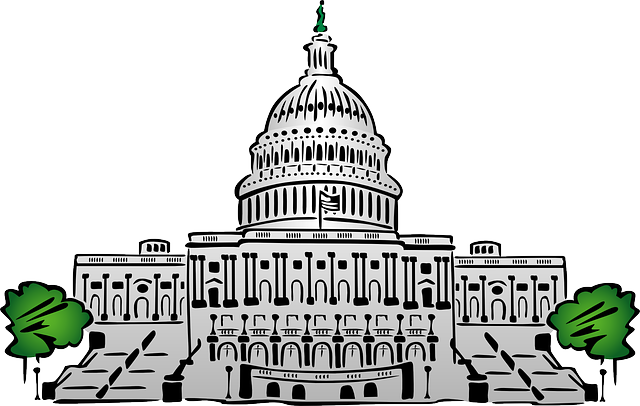
Today in Pittsburgh, PA, US President Biden unveiled his new infrastructure plan for the country. The “American Jobs Plan” calls on Congress to pass legislation directing trillions of dollars of investment in rebuilding America. The plan is paired with the Made in America Tax plan, which he believes will pay for the bill over 15 years after which will begin to lower the deficit.
For the electricity industry, the investment would be impressive at about $406 billion, and would help support many of the clean energy, grid modernization, and electrification goals that many utilities have in place today. Further, it would jump start the transition to electric vehicles with a massive investment in EV charging stations across the U.S.
Specific details of the plan are below.
Electric Grid Modernization and Clean Energy Incentives
$100 billion to build a more resilient electric transmission system.
- Create an Investment Tax Credit that incentivizes the buildout of at least 20 gigawatts of high-voltage capacity power lines and mobilizes tens of billions in private capital off the sidelines – right away.
- Establish a new Grid Deployment Authority at DOE that allows for better leverage of existing rights-of-way – along roads and railways – and supports creative financing tools to spur additional high priority, high-voltage transmission lines.
- Extend, by 10 years, and expand a direct-pay clean energy ITC and PTC
He also plans to create a new federal Energy Efficiency and Clean Electricity Standard (EECES) aimed at cutting electricity bills and electricity pollution, increasing competition in the market, incentivizing more efficient use of existing infrastructure, and continuing to leverage the carbon pollution-free energy provided by existing sources like nuclear and hydropower.
Weatherization and Building Modernization
- Establish a $27 billion Clean Energy and Sustainability Accelerator to mobilize private investment into distributed energy resources; retrofits of residential, commercial and municipal buildings; and clean transportation. These investments have a particular focus on disadvantaged communities that have not yet benefited from clean energy investments.
Winning the EV Market
- $174 billion investment in the EV market to:
- Build a national network of 500,000 EV chargers by 2030
- Replace 50,000 diesel transit vehicles
- Electrify at least 20 percent of our yellow school bus fleet through a new Clean Buses for Kids Program
Other Energy Tidbits
- $50 billion investment in the National Science Foundation (NSF)
- $35 billion investment in solutions needed to achieve technology breakthroughs that address the climate crisis
- $5 billion increase in funding for other climate-focused research
- $15 billion in demonstration projects for climate R&D priorities, including utility-scale energy storage, carbon capture and storage, hydrogen, advanced nuclear, rare earth element separations, floating offshore wind, biofuel/bioproducts, quantum computing, and electric vehicles, as well as strengthening U.S. technological leadership in these areas in global markets.
Related: The future of energy in the US could hinge on permitting reform and greater investment in R&D
There’s much more in the $2 trillion bill, including building and retrofitting homes for low- and middle-income buyers; bringing broadband internet (the new electricity as he calls it) to 100 percent of Americans, and, as expected, rebuilding bridges and highways across the country. In addition, the bill focuses a lot of the spending on “good paying union jobs” particularly for those in the US who have experienced discrimination.
Read the Fact Sheet on The American Jobs Plan here.




